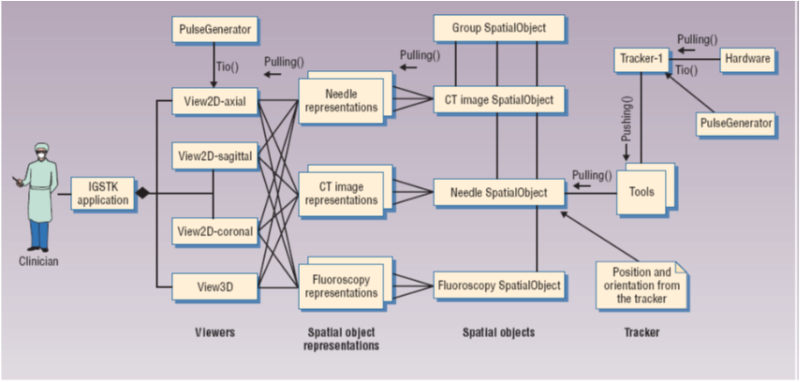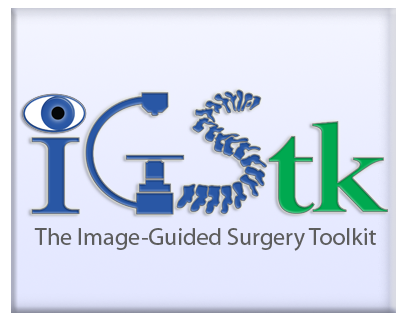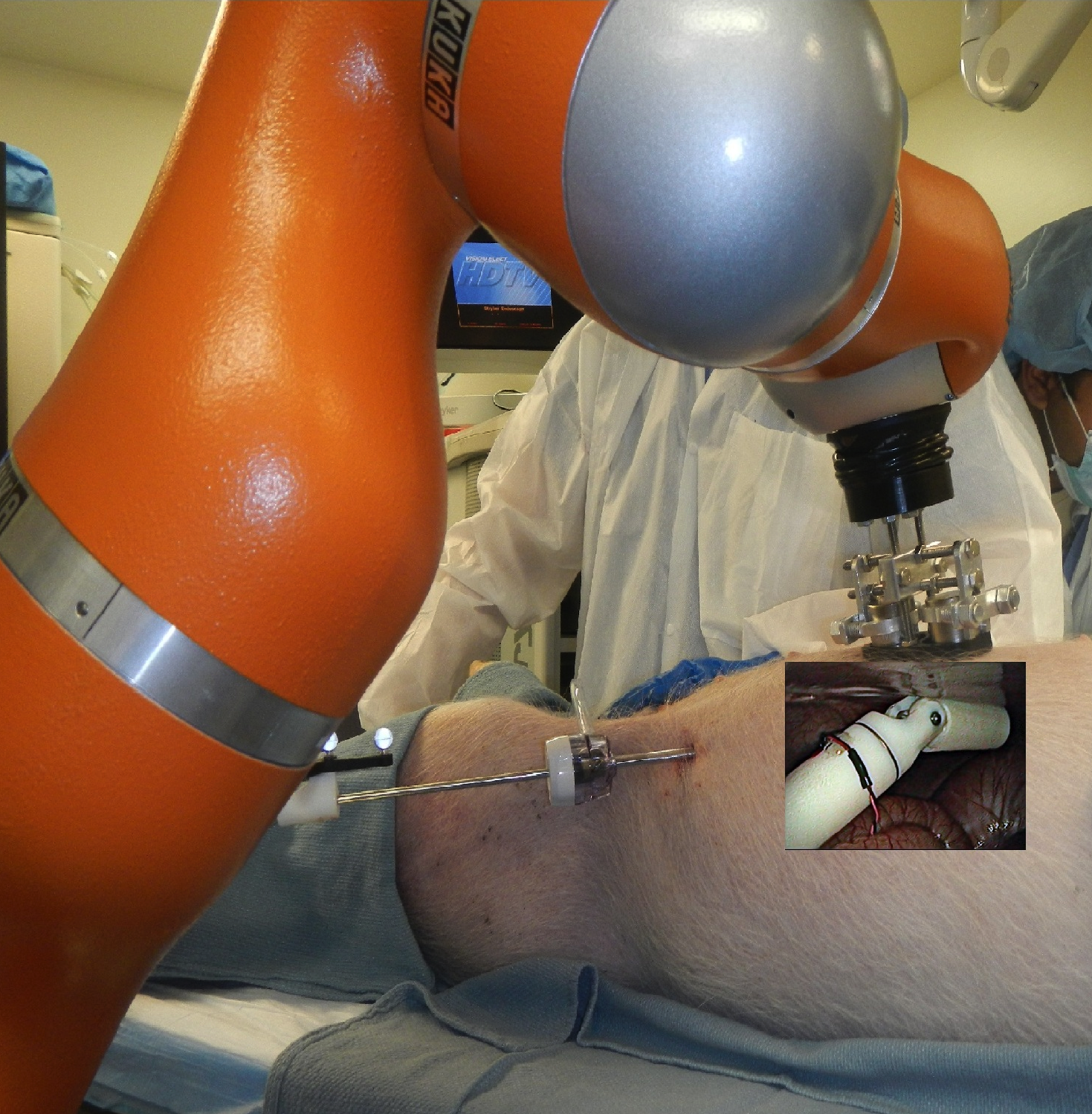Research
My general area of research is software engineering; within this field I am currently interested in Agile Methods, Open Source Software, an mobile health (mHealth) applications.
My research methods are use-inspired, meaning I look for new contexts of use for software technologies, and adapt or discover how software engineering principles apply. Therefore my work tends to be multidisciplinary and evolutionary; multidisciplinary in my collaborations, evolutionary in that my approach is to start with specific problems and work towards more general methods.I am presently very active in the area of mobile health (mHealth), with a focus on just-in-time personalized and adaptive microinterventions. Such interventions seek to employ digital health technology to promote protocol adherence and sustained behavior change. In contrast to most purely behavioral science research, I attack this from a computational perspective, mining detailed interactions with adaptive AI algorithms, recommend the nature of the delivery of further calls-to-action, and seek to incrementally construct personalized models of interaction to support sustained behavior change leading to healthier patients. For more on this research area please visit my mHealth projects page.
Another area of active research is in Agile methods and Open Source Software, with a current focus on scaled agility. Agile methods meteoric rise to popularity is not without issues, of which one of the most significant is in scalability. Agile has shown significant benefits but challenges exist scaling up and out.
Scaling up is mostly an issue of size (number of team members per project, number of projects per organization), scaling out has several aspects - the complexity of systems-oriented projects, regulatory and related needs for specialized systems (mission/life-critical), the dissimilarity between projects in an organization, and
breadth of the organization itself (experience, skillset, global distributed development). Several recent methodologies attempt to address scalability; we seek to understand the nature of (successful or not) transformations of organizations to scaled agility.
I am also engaged in the scholarship of teaching and learning, specifically in the context of software engineering education. A decade ago I created the Software Enterprise as both a hybrid project-based pedagogy for accelerating contextual understanding and industry preparedness of our students, and as an encapsulated set of modules for practical training of software engineering skills for students. The Enterprise now forms the project spine of the B.S. and M.S. degrees in Software Engineering degree at ASU. I am currently examining how Agile approaches can improve the way we teach and learn in an on-demand world.
I am always looking for and willing to work with, motivated, intellectually curious, and dedicated graduate students! I currently have funded research, unfunded projects, and also support independent studies, FURIs, and Honors theses as ways to seed the research process. If you are interested in web/mobile development, agile/open source methods, and domains such as e-learning and mHealth, please make an appointment to come talk with me.
For details on mHealth research, please go to the
mHealthResearch page.
The Software Enterprise at ASU’s Polytechnic Campus uses a project spine experience as a multi-year instructional vehicle exposing students to methods and tools prevalent in today’s software practice. This website is dedicated to supporting a community of educators sharing the same beliefs and approach to Software Engineering Education. It provides free resources to anyone teaching in this area, and hopes to foster a community of teaching practitioners in software engineering.
I strive to remain connected to the professional community, through use-inspired research, teaching that connects to practice, consulting, and participation in the local developer community. As such I have a long history working with agile methods, open source software, and web (now mobile) software development, in academia and in industry.
My research interests derive directly to issues I see impacting software developers everyday. How does one scale agile methods? or apply them to safety-critical software? How does an open source community function? How is the rapidly changing nature of web and mobile development impact the organizational structure, development processes, and tools for the software developer?
I lump Agile, OSS, and Web/Mobile development under one roof as this common motivation drives my applied research interests
The Image-Guided Surgical ToolKit (IGSTK) is an NIH-funded open source surgical toolkit for image-guided surgery. the platform was created using agile methods and safety-by-design to produce a open application development platform. The toolkit was developed by a team of developers in the open source community, and led by Kevin Cleary, Patrick Cheng, and Ziv Yaniv from Georgetown University Medical Center and now Children's National Health System, and Luis Ibanez, Julien Jomier, and Andinet Enqouharie, Kitware Inc. ASU's involvement was primarily to support software engineering practices on the project, including requirements engineering (with Brian Blake, University of Miami), agile methods, open source code management, and software architecture validation.
I invote you to check out the IGSTK website and download a copy of the free book!
The Health Engineering Applications Laboratory (HEAL) on ASU's Polytechnic Campus is a multidisciplinary lab dedicated to creating engineered solutions to today's healthcare problems. We work with doctors, social scientists, and caregivers to produce and integrate technologies for greater social good. Our current focus is on robotics, mobile health (mHealth), and serious gaming applications.
One example HEAL project was R-NOTES, conducted at Children's National Health System (CNHS), which created a wirelessly-controlled link robot for NOTES procedures. In this procedure, the patient "swallows" a link robot through an endoscopically inserted tube into an insufflated abdomen. The link robot is anchored to the abdominal wall using an externally mounted magnet controlled by a 7-DOF Kuka industrial robot arm. Once anchored, the robot's 3 DOF is manipulated through wireless (ZigBee) commands sent via a controlling application. R-NOTES was developed as part of an Army-funded STTR, Kevin Cleary PI at CNHS. Risto Kojchev completed his M.S. thesis on the R-NOTES project.



Research Projects, Interests, and Activities (click image to expand)


Selected Publications
Selected Funding

Selected Publications
Funding

Selected Publications
Funding

Selected Publications
Funding